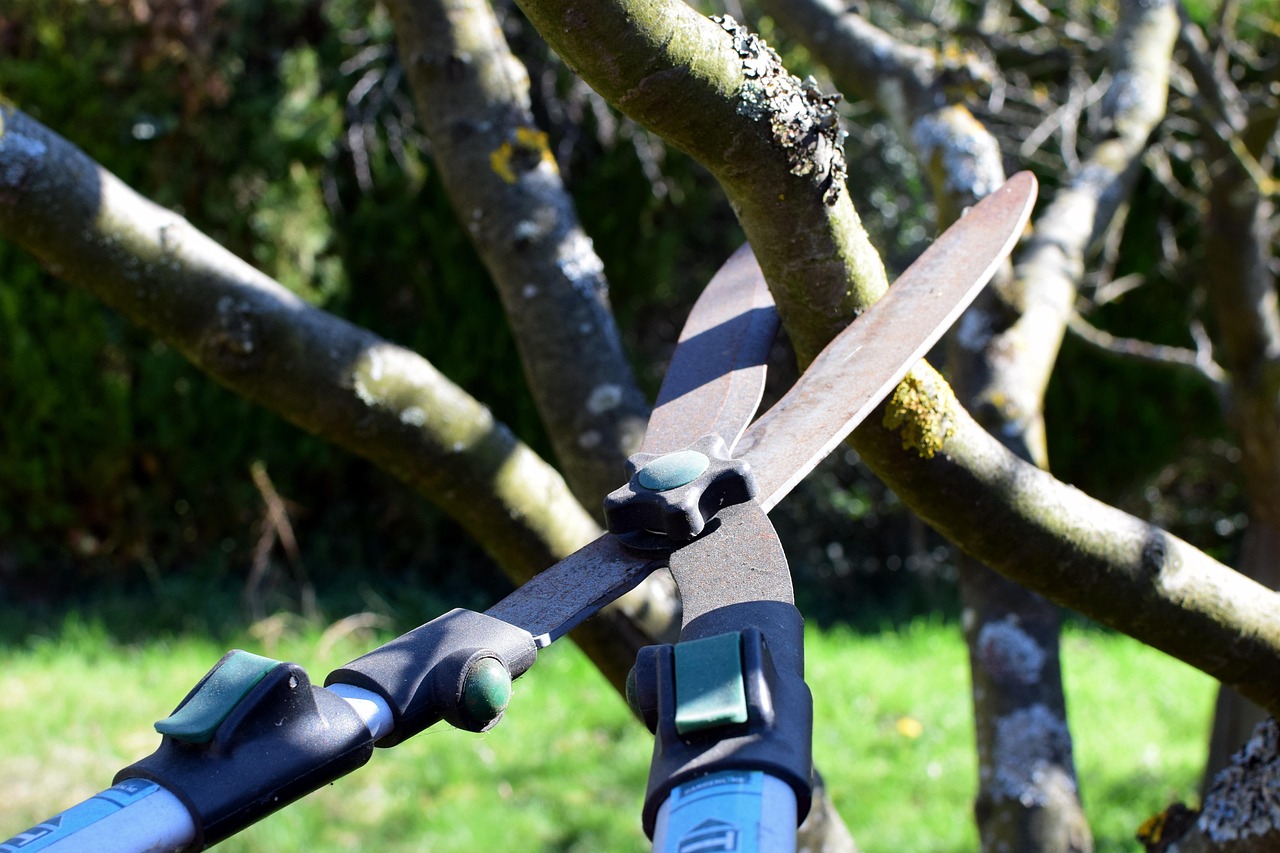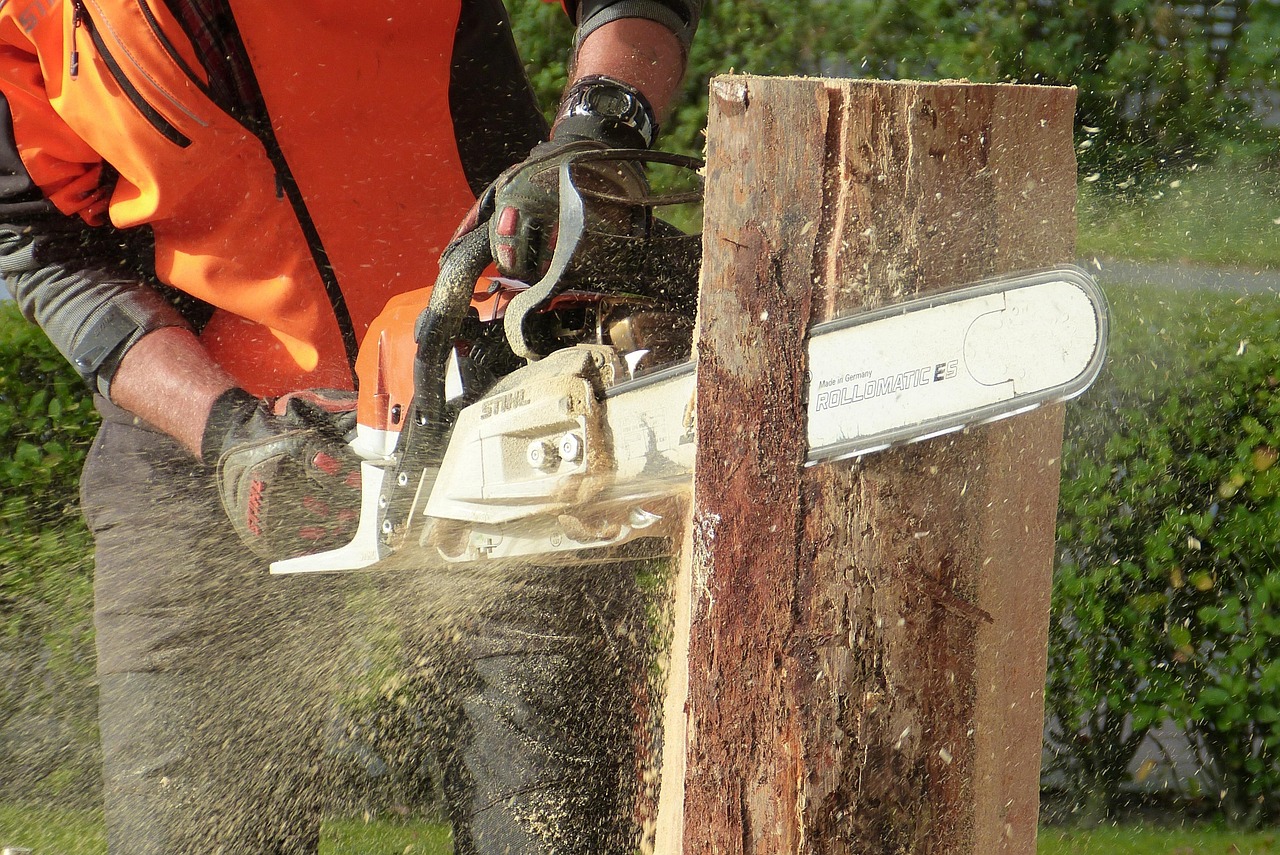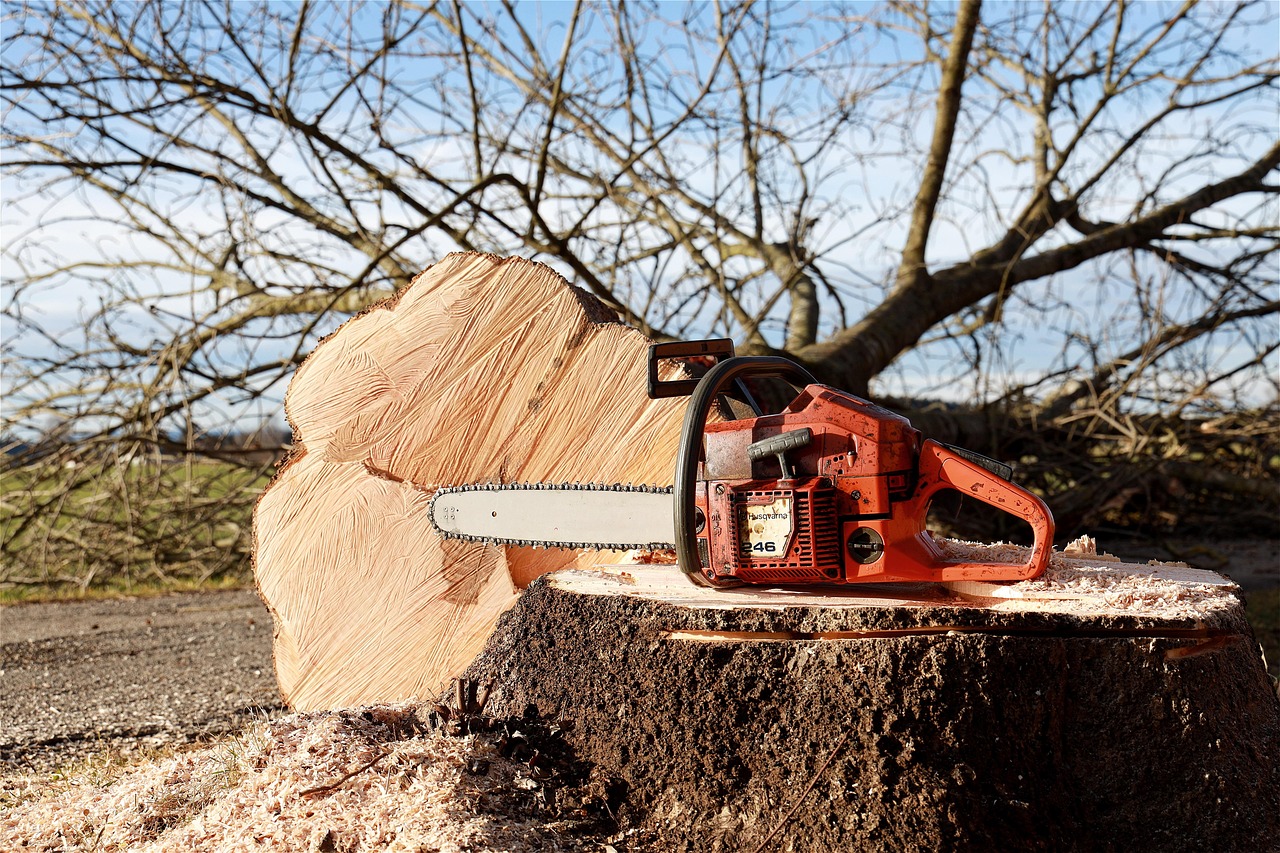Knowing when to call a professional for tree pruning is crucial for safety, tree health, and regulatory compliance. This guide highlights key signs indicating the need for expert assistance, including dangerous conditions, large size, disease, and structural issues, ensuring your trees are properly maintained while minimizing risks.
From my experience, tree pruning is more than just cutting some branches; it’s a vital part of keeping trees healthy and looking good. I’ve found that removing specific branches promotes strong growth and maintains the shape I want, but I also know that some jobs are best left to the experts. Trying to prune a huge, windy-obstructing maple near power lines? I always warn others that without the right tools, experience, and safety measures, it’s dangerous and often ineffective.

I’ve always noticed that if a tree is close to power lines, or if it’s remarkably tall or diseased, it’s time to call in the pros. I’ve learned that attempting these tough jobs can lead to accidents or damage—and trust me, a fall from a high branch is no joke.
When I Know I Need a Professional
There are moments I always pay attention to. For example, if a tree has lots of dead branches or looks like it’s leaning dangerously, I call a pro. I’ve also come to understand that some species need special pruning techniques, which I admit I don’t have the training for. For me, safety always comes first, especially around power lines or fragile structures.
- Safety worries: Trees near wires, buildings, or playgrounds spell trouble if not handled properly.
- Size matters: Big trees require climbing gear and know-how—dangerous for amateurs like me.
- Health concerns: If a tree shows signs of pests or disease, I leave it to those who understand tree biology.
- Techniques beyond basics: Some trees demand specialized cuts that only trained arborists know.
- Time constraints: If I’m busy, it’s more efficient to get experts to handle it right the first time.
Personally, I always assess my own comfort and skill level. I used to underestimate how risky tree pruning can be, but now I know that an experienced professional has the knowledge and tools to make the right cuts without harming the tree or risking injury.

Pro-Tips
When I first started pruning trees on my own, I underestimated how tricky it can be. I remember trying to reach high branches with a regular ladder without proper support—total mistake! Now, I always make sure to secure my ladder properly and use the right safety gear before climbing. Safety has to come first for me, especially when working near power lines or on big, unstable branches.
One thing I learned from experience is to assess the tree thoroughly before starting. I used to just start cutting without inspecting the branch structure, but I quickly realized that understanding the tree’s growth pattern helps prevent accidental damage. I always look for dead, diseased, or weak branches to remove first, but I don’t overdo it—less is more.
Another tip I’ve picked up is to avoid pruning during the wrong season. I used to prune right after flowering, thinking it would keep the tree neat, but I learned that late winter or early spring is better for many deciduous trees. Summer is good for removing dead wood, but heavy pruning during fall can stress the tree, so I steer clear.
When I work on larger or tricky trees, I don’t hesitate to contact professionals. Trying to do complicated cuts or reach over obstacles without the proper tools and knowledge was a mistake I don’t want to repeat. Professionals have the experience and equipment to do the job safely and correctly—saving me time and potential injury.
Lastly, I always check my local regulations before pruning, especially for protected species or trees near public spaces. Ignoring these rules can lead to fines or damage to the environment. Doing my homework beforehand helps me stay compliant and ensures my efforts are environmentally responsible.
How I Recognize the Need for a Pro
Over the years, I’ve learned some clear signs that I shouldn’t try to prune on my own. For example, if a tree has many dead or diseased branches, I know it’s smarter to get a professional to assess and remove them. When branches are overgrown and starting to block pathways or interfere with views, I trust an arborist to reshape it safely. If a tree looks structurally compromised or is leaning, I always call someone—better safe than sorry. And for species I’m unfamiliar with, I prefer to consult an expert who understands their specific needs.
In my experience, certified arborists don’t just snip branches—they understand the tree’s biology, which helps ensure the long-term health of your landscape. I’ve seen that an untrained eye can miss problems that only a professional’s expertise catches.
The Perks of Hiring a Pro
Whenever I’ve trusted an arborist, the benefits have been clear. They help improve the overall health of the tree by carefully removing infected or weak branches. Out of personal experience, a well-pruned tree looks more attractive and adds curb appeal. And most importantly, they know how to prune safely, drastically reducing the risk of falls or damage.

From my personal perspective, I always value the time-saving aspect. While I might spend hours trying to prune correctly and safely, a professional can do it efficiently—saving me effort and ensuring the job is done right. Plus, many local guidelines and insurance policies require professional work for certain trees, and I always make sure I stay compliant.
Choosing the Right Arborist
Deciding who to hire is important, and I always recommend looking for certified arborists—particularly those certified by organizations like ISA. I’ve checked references and reviews before; it helped me find someone trustworthy. Also, I make sure they carry liability insurance—peace of mind knowing that if anything accidental happens, I’m protected. Whenever I gather multiple quotes and compare prices, I feel more confident in my decision.

My Insights on Tree Pruning Techniques
I’ve learned that different trees and situations call for distinct pruning methods. For example, I always prefer thinning to let light and air circulate better—something I definitely need in my cluttered backyard. Reduction helps to control the size of overgrown trees, especially near structures or pathways. Cleaning removes dead or diseased branches, which I do regularly to prevent problems.
Timing is also crucial. In my experience, late winter is best for pruning deciduous trees because they’re dormant. I avoid pruning flowering trees right after they bloom, so I’ve learned to plan accordingly. Summer pruning is usually for removing dead branches, while fall pruning is generally discouraged because it can expose trees to stress and disease—something I’m careful about.
Potentials and Pitfalls
Once I got careless with improper pruning, I saw firsthand how it can backfire. Weak branch unions and open wounds can invite diseases and pests. I also realized that over-pruning damages the tree’s natural shape and might cause long-term decline. That’s why I always prefer experts who understand these risks and know how to mitigate them.
The Bigger Picture: Landscape and Environment
From my experience, well-maintained trees do more than just look good—they contribute to the environment. Proper pruning encourages better air quality, supports local wildlife, and makes trees stronger against storms. I’ve noticed that a healthy, pruned tree in my yard withstands high winds better and looks more inviting.
Thinking Long-Term with Pruning
Regular pruning fosters strong, resilient growth. For aging trees, I’ve learned that more frequent attention is key to avoid structural issues. Plus, for fruit trees, carefully pruning can boost yields and improve the quality of the produce. Keeping an eye on your trees’ aging needs helps ensure they thrive long into the future.
Understanding Local Rules
I always check local regulations before pruning, especially for trees near public paths or protected species. Some municipalities require permits, and failing to comply can result in fines. It’s better to consult with city officials or certified professionals to stay on the right side of the law—and to protect the environment.
Modern Tools and Techniques
The field of tree care keeps evolving. I’ve seen how drones and specialized software can detect problems early, which helps in planning effective pruning. Today’s tools like battery-operated chainsaws and pole pruners make tasks safer and easier—something I admire in professional crew work.
Getting Ready for Expert Help
When I decide to hire a pro, I always prepare by noting which trees need attention and what issues they have. I gather info on local arborists, read reviews, and request multiple quotes. Clearing the area beforehand ensures the arborists can work safely and efficiently. Doing this has always helped me feel confident about the care my trees receive.
Final Reflections
From my personal experience, I’ve realized that knowing when to call a professional or handle small jobs yourself is key. Proper pruning benefits not just the trees but the entire landscape and even the environment. Safety, knowledge, and local regulations should always guide your decisions.
In conclusion, whether I prune on my own or hire a professional, I focus on making smart, informed choices. Good maintenance over the years results in healthier, safer, and more beautiful trees—benefiting my property and the planet alike.
